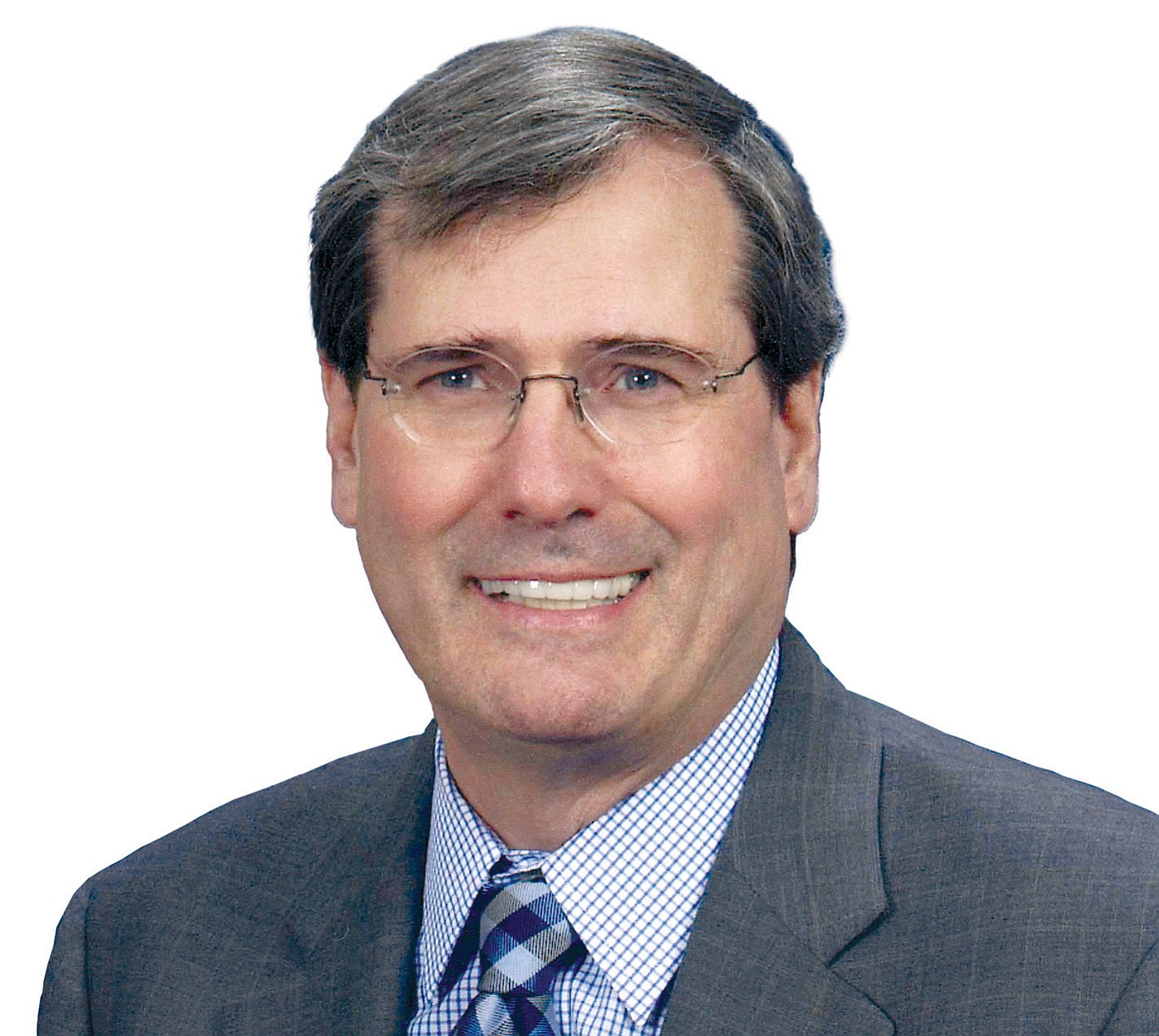Last July, a Gallup poll said 21 percent of American adults had a “great deal” of confidence in TV news, which is odd even though it is a minority, seeing as how there is so little really, truly to have confidence in.
The wisdom of the majority in not much trusting TV is surely more justified. Yes, there is some splendid reporting. And even if liberal bias still dominates, there’s Fox News, born in the ’90s, now outrunning its cable competitors in ratings and affording the public interpretations and subject choices decidedly less dependent on neo-socialist, big-government amiability.
It does not follow that the citizenry had as much opportunity for true enlightenment in this most recent presidential election as it should have or that we aren’t witnessing a continuing tumble in much that calls itself news.
The respected Pew Research Center recently completed a study comparing TV news in 2007 to 2012. It found that local TV news — infrequently much more than sensational snippets in my watching experience — is devoting increasing time to traffic, weather and sports. That may be useful and fun, though it is not exactly what James Madison meant when he said the people must be armed with knowledge if they are to keep government from becoming a farce and a tragedy.
The national networks? Their viewership is half what it was 30 years ago and the future doesn’t look exactly like fireworks and shouts of hallelujah. Nevertheless, the number of nightly viewers (some 22 million) is about seven times larger than cable news viewers (roughly 3 million). The content has stayed relatively unruffled, just little things changing, such as ABC putting more emphasis on lifestyle stories.
Commentary vs. news
Where things get more interesting is with cable news. Commentary is getting to be a bigger deal than before, as straight news coverage is relying more on interviews than live stories. Fox has kept its format close to what it was — 55 percent commentary to 45 percent news. CNN, coming in last in the ratings, still has more news than commentary, 54 percent to 46 percent. Then we get to MSNBC, where news accounts for just 15 percent of airtime and the liberal commentary is 85 percent.
I am scarcely against opinion as part of a news package or even, in some specialized outlets, the main deal, but what you get on MSNBC is a misleading pretense of something informative and helpful when it’s too often closer to zaniness and vitriol. Consider, for instance, commentator Chris Matthews branding ideas he dislikes as racist less as a consequence of considered reflection than of the anti-conservative, ad hominem reflex of a certain breed of ideologue.
Someone who points this out is David Freddoso, a Washington Examiner reporter and author of “Spin Masters: How the Media Ignored the Real News and Helped Reelect Barack Obama.” In an online interview, he summed up how the nutsy stuff — the nonexistent war on women, Mitt Romney’s high school pranks and such — got more serious attention in campaign coverage than any number of truly meaningful issues affecting the lives of one and all.
The networks focus far more on news than commentary, but the liberal bias never stops barking. Some of the earliest documentation was in a 1980 book — “The Media Elite” — that showed how just 17 percent of journalists at top newspapers, magazines and the TV networks saw themselves as conservative. More recently, the book “Left Turn,” by social scientist Tim Groseclose, convincingly demonstrates that the bias in media generally still affects content big time.
What began to afford more balance on TV (in addition to the generally commendable work on PBS NewsHour) was the start of Fox, which does a pretty good job in straight news reporting and provides antidote conservatism in much, if far from all, of its commentary. Liberal critics never cease banging it on the head, but despite varied, unmistakable flaws, it represents something we need more of.



